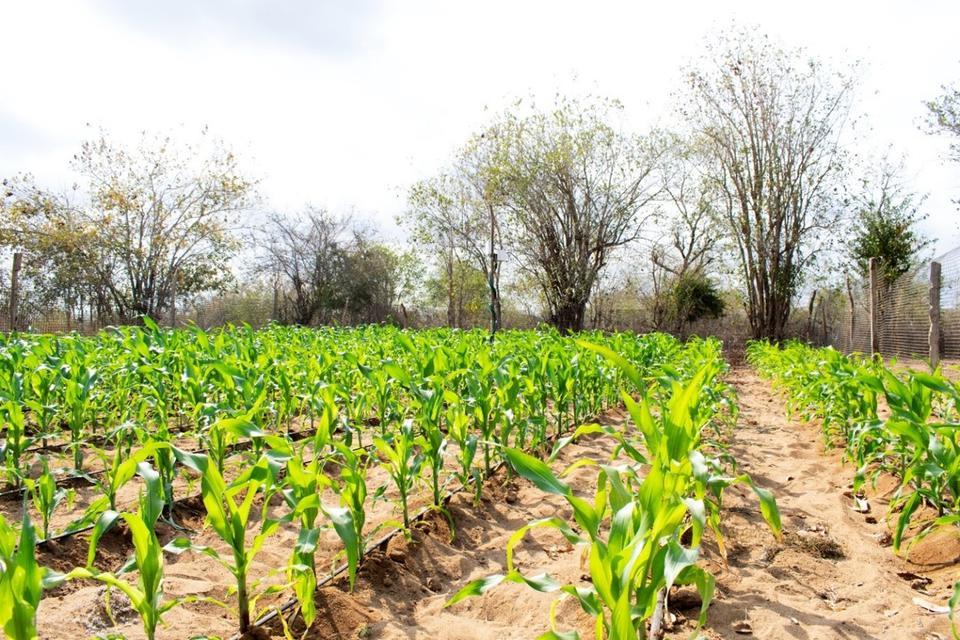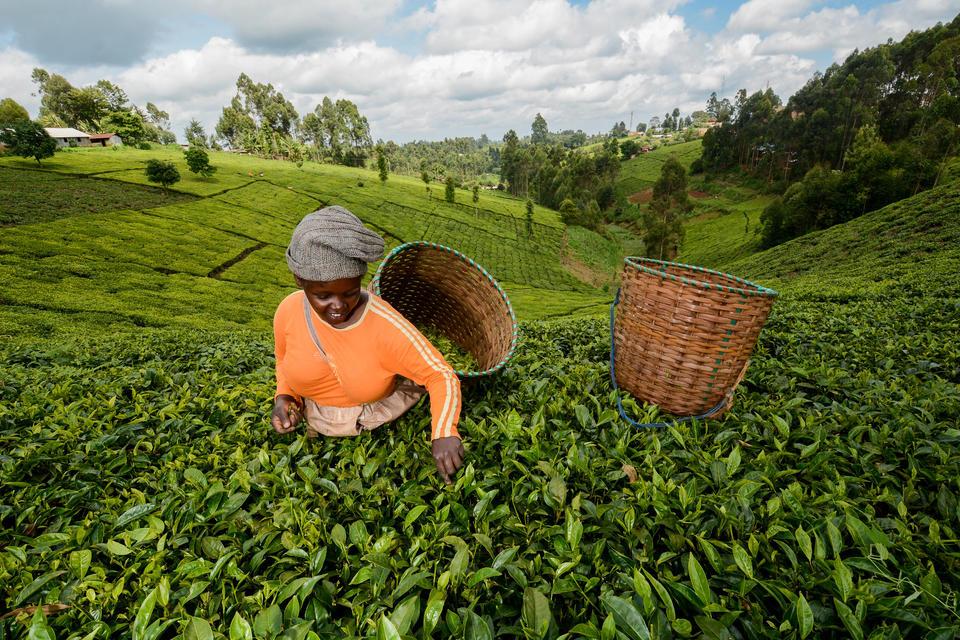Blog Clim-ARM: Integrating weather and climate analytics into agricultural risk management

For small scale farmers in Sub Saharan Africa, increasing occurrences of climate events such as drought, floods, heat and storms continue to pose great risks to agricultural production, food security and rural livelihoods.
Small-scale producers in Rwanda and Ethiopia are among many in Sub-Saharan Africa (SSA), vulnerable to climate risk. The impacts of climate risks have important gender dimensions that shape how men and women experience or cope and has been proven to negatively affect the poor. Poverty reduction targets will not be achieved without proactive risk management in the agriculture sector alongside increasing investment. In a study by the World Bank in 2013, the estimate is a 2 degree C temperature rise could reduce average cereal crop yields by about 15% with increasingly negative effects on the 870 million people already affected by chronic hunger. Weather and climate shifts multiply the significant challenges already faced by small-scale producers in Sub-Saharan Africa, leaving many countries and rural populations extremely vulnerable.
Weather and Climate Services (WCS) for agriculture, which include daily weather information, seasonal forecasts, monthly climate outlooks, agrometeorological bulletins, pest and diseases warnings and extreme weather alerts, are key to anticipating and adapting to climate risks. The development of WCS in SSA is underway where awareness, demand, and capacity are available, but a comprehensive approach to weather and climate risk and forecast assessment that informs tailored zonal/local agricultural risk management tools and investments is lacking.
The Clim-ARM project, led by the Alliance of Bioversity International and CIAT, funded by the Bill and Melinda Gates Foundation (BMGF), and implemented with local partners in Rwanda and Ethiopia intends to focus on agriculture risk management and provide solutions for small scale production and livelihoods. The project aims to develop investment blueprints for integrated weather and climate services (WCS) necessary for high impact investments in agricultural risk management. Clim-ARM builds on previous analyses and methods developed by the Alliance and partners, aiming to evolve towards more granular and investment-oriented analytics with the use of the Alliance’s various agrometeorological forecast analyses integrating holistic country-level agricultural sector risk assessment.
Finding solutions with Clim-ARM, Ethiopia and Rwanda provide case studies
Clim-ARM aims to deploy scientific and technological advances to link actionable predictions about hazards with risk management strategies, addressing some of the risk in agricultural value chains. This investment supports the mainstreaming of an integrated bundle of WCS adapted to the specific context and needs of SSA, with particular emphasis in this first stage on Ethiopia and Rwanda.
Clim-ARM areas of focus
The project will focus on:
-
Capacity development Clim-ARM aims to strengthen the capacity of both farmers and key sectoral institutions for the holistic adoption of effective climate-smart ARM tools and the prioritization of risks.
-
Private sector engagement is also essential. Clim-ARM will seek to leverage private sector investment for the selection, prioritization, and scaling of ARM solutions.
-
Gender will also be a focus in better understanding agricultural risk as women and young farmers have been found to be more exposed to agricultural risks compared to men. Clim-ARM will assess gendered impacts and responses to agricultural risk, as well as ensuring gender-responsive and socially inclusive pathways for scaling and mainstreaming selected ARM tools and methodologies.
Solution
Clim-ARM’s proposed solution is to identify and roadmap evidence-based methods and best practices to develop investment blueprints for tailored ARM practices (informed by climate analytics) and services necessary for improved WCS.
The primary outcome of the project is to develop “a set of improved agricultural risk management (ARM) tools integrating weather and climate services while focusing on four key areas:
- Climate and agricultural risk assessments,
- Stocktaking of ARM tools, services, and practices,
- Co-identification and prioritization of robust intervention pathways for future piloting or scaling and
- Development of road-mapped investment blueprints for WCS.


